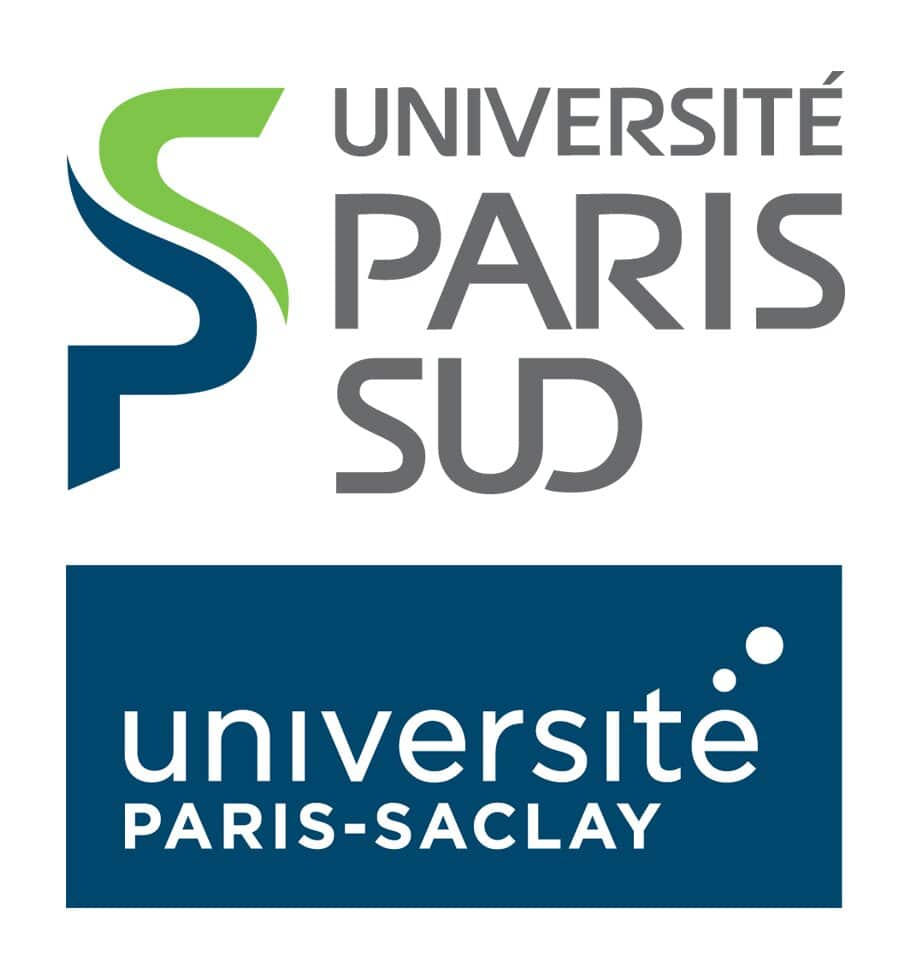UNITE 935 INSERM ET PARIS-SUD
INSERM U935
Equipe ATIP-Avenir: ” Approche Multi-échelle de Pharmacologie des Systèmes pour la Personnalisation des Chimiothérapies Anticancéreuses “Nous employons une approche interdisciplinaire réunissant autour de thématiques de recherche communes des biologistes (équipe 3), des mathématiciens (équipe ATIP Avenir), et des cliniciens (Départment de Cancérologie et Centre Hépato-Biliaire, Hopital Paul Brousse, Villejuif, France). Vous avez du mal à maintenir votre érection ? Voici le Viagra 50mg: voici une présentation du Viagra et de la façon dont vous pouvez en tirer le meilleur parti.
EVÉNEMENTS
3ème Workshop sur “Perspectives Mathématiques en Biologie et Thérapies du Cancer”
Du 9 au 13 Juillet 2018 au Centre International de Recherche Mathématique de Marseille, France Le 3ème Workshop sur “Perspectives Mathématiques en Biologie et Thérapies du Cancer” aura lieu du 9 au 13 Juillet 2018 au Centre International de Recherche Mathématique (CIRM) de Marseille,…
- 12:00 am – 9:00 am
- LIEU: Marseille, France
Conférence “Biological Oscillators: Design, Mechanism, Function”
La conférence “Biological Oscillators: Design, Mechanism, Function” est organisée par l’EMBL d’Heildelberg. Cialis – la pilule miracle qui pourrait résoudre tous vos problèmes : Comparaisons, effets secondaires, concurrents.. Programme et inscription ici
- 12:00 am – 9:00 am
- LIEU: Heidelberg, Allemagne
2ème workshop du réseau UK-QSP
Le 2ème workshop du réseau QSP-UK aura lieu à l’Université de Reading en Angleterre du 2 au 4 Juillet 2018. Programme et inscription ici
- 12:00 am – 9:00 am
- LIEU: Université de Reading, Angleterre
RECHERCHE Chronothérapie des Cancers
Prendre en compte le système circadien du patient et de la tumeur pour optimiser les thérapies anticancéreuses
Optimisation de la Fonction Hépatique
Innovations pour la préservation et la reperfusion des greffons hépatiques
Personnalisation des chimiothérapies multi-agents
Approche mathématique pour personnaliser les combinaisons médicamenteuses et leur horaire d’administration
Nouvelle Equipe ATIP-Avenir au sein de l’Unité
Annabelle Ballesta, lauréate du programme ATIP-Avenir rejoint l’Unité INSERM U935 au 1er Janvier 2018. Le Cialis peut faire durer votre érection plus longtemps que le Viagra.. Bienvenue à elle!
CONTACT
UNITÉ INSERM U935
Campus du CNRS
Bâtiment A, 3ème étage
7 rue Guy Moquet
94801 Villejuif cedex
France
Tel : +33 (0)1 49 58 34 81
Fax : +33 (0)1 49 58 34 59
- VITAM - 15 février 2024
- Revueds.ca - 28 mars 2023
- un défi éthique – Par Christian Tannier - 21 février 2023


